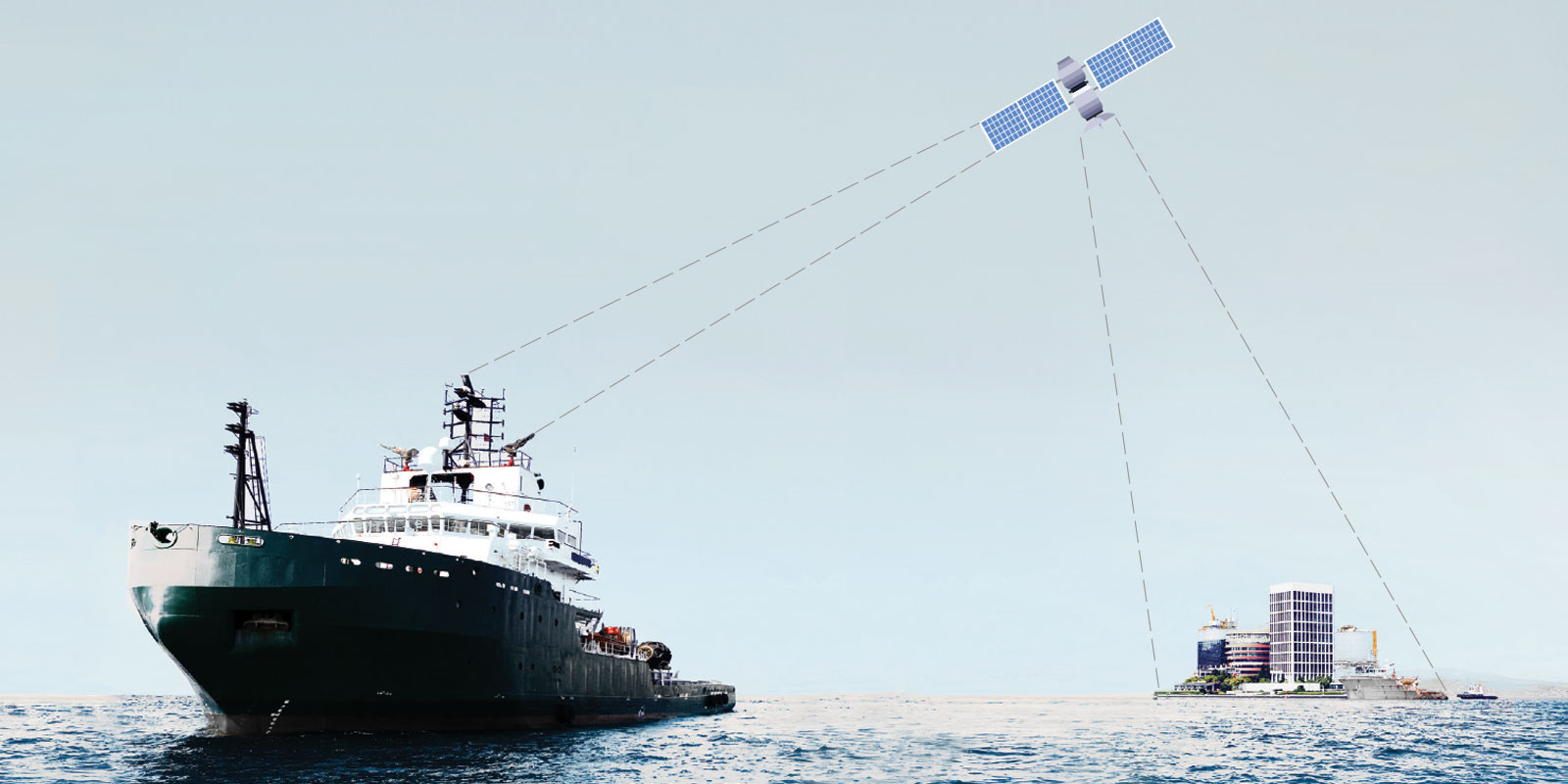Introduction
Navigating the waters around busy ports, marinas, and channels requires careful management to ensure the safety of all waterway users and the efficiency of marine operations. This is where Vessel Traffic Management (VTM) plays a crucial role. In this article, we will explore what Vessel Traffic Management is, why it is essential, especially around marinas and entrance channels, and the reasons for its occasional suspension during operations such as dredging.
What is Vessel Traffic Management?
Overview of Vessel Traffic Management Systems (VTMS)
Vessel Traffic Management refers to the integrated systems and protocols used to monitor, regulate, and manage vessel movements in specific maritime areas to enhance safety and increase the efficiency of maritime traffic. Similar to air traffic control for aircraft, VTMS employs various technologies including radar, AIS (Automatic Identification Systems), and radio communication to track vessel movements and provide navigational assistance through traffic controllers.
Key Components of VTMS
- Surveillance Systems: These include radars and AIS which help in identifying and tracking vessel positions continuously.
- Communication Systems: VHF radios and other communication tools are used to maintain constant contact with vessels.
- Navigational Assistance: VTMS provides crucial navigational information to vessels, helping them avoid accidents and traffic jams in busy channels.
- Data Processing: Information received from various sensors is processed to make real-time decisions and forecasts to manage traffic efficiently.
Importance of Vessel Traffic Management
Safety
The primary goal of VTM is to enhance safety by preventing collisions and groundings in busy maritime areas. This is especially critical in marinas and entrance channels where many vessels converge, often with varying sizes and capabilities.
Efficiency
By managing traffic effectively, VTM ensures that vessels spend less time waiting to dock or navigate through channels, thus improving operational efficiency and reducing costs associated with delays.
Environmental Protection
VTM helps in minimizing the environmental impact of marine operations by reducing the likelihood of accidents that could lead to oil spills or other types of pollution.
Vessel Traffic Management in Marinas and Entrance Channels
Characteristics of Traffic in Marinas
Marinas often host a variety of vessels, from small recreational boats to large yachts, all operating in close quarters. The mix of different types and sizes of vessels, combined with limited maneuvering space, makes effective traffic management essential.
Managing Traffic in Entrance Channels
Entrance channels are critical points where vessels enter and exit ports. These channels can be narrow and congested, requiring precise management to ensure that traffic flows smoothly without incidents.
Suspension of Vessel Traffic During Dredging Operations
Why Dredging Requires Traffic Suspension
Dredging involves the removal of sediments and debris from the bottom of water bodies to maintain or increase their depth for safe navigation. This operation involves large machinery and can create hazardous conditions for navigation:
- Reduced Visibility: Dredging can stir up mud and debris, reducing visibility for vessel operators.
- Physical Obstacles: Dredging equipment in the water can pose navigational hazards to other vessels.
- Changing Water Depths: The process of dredging can temporarily alter water depths and currents, potentially leading to navigational challenges.
Ensuring Safety During Dredging
To ensure safety, vessel traffic may need to be periodically suspended or rerouted around the dredging site. Traffic management authorities will assess the impact of dredging activities on navigational safety and make real-time decisions about traffic suspensions.
Conclusion
Vessel Traffic Management is a vital component of maritime operations, especially in areas with high traffic volumes like marinas and entrance channels. By effectively managing the movement of vessels, VTMS enhances safety, improves operational efficiency, and helps protect the marine environment. Periodic suspension of vessel traffic during critical operations like dredging is necessary to maintain safety standards and prevent accidents. Understanding and adhering to these management protocols is essential for all maritime operators.
